China and traditional regional powers, such as the United States, Australia, New Zealand and Japan, are jockeying for influence in the Pacific. There are signs that China is now recalibrating its strategy in response to the newly energised competition, which itself was largely triggered by China’s growing activities in the region. In the past, China’s regional approach was largely limited to the attendance of annual Pacific Islands Forum (PIF) dialogue, small donations to the PIF and the Pacific Tourism Organisation as well as Chinese government scholarships (twenty per year) delivered through the PIF. Although China established the high-level China-Pacific Islands Economic Development and Cooperation Forum in 2006, it is not an annual event. So far, only three summits have been held, in 2006, 2013 and 2019.
The recent recalibration presents itself in three main aspects. The first aspect involves adopting a dual strategy of competition and engagement, with a focus on competition. In a rare move, Chinese foreign minister Wang Yi convened two China-Pacific Foreign Ministers’ meetings (in October 2021 and May 2022) in less than eight months. The International Department of the Communist Party of China (CPC) has also been busy establishing ties with major political parties in the Pacific. These activities send a clear message that China is ramping up its competition with traditional powers.
Interestingly, during his trip, Wang Yi also said China is ‘open-minded about carrying out more tripartite cooperation with other countries inside and outside the region’. This is best interpreted as a temporary tactic for reducing traditional powers’ concerns about China’s activities in the region rather than as a long-term policy change. Gone is the golden age about a decade ago when China and traditional donor countries had a genuine interest in piloting such trilateral cooperation in third countries, as typified by the Australia-China-Papua New Guinea malaria project and the New Zealand-China-Cook Islands water project. These experiments reveal that high-level political trust between China and traditional donors is a crucial element in China’s trilateral cooperation, which is clearly lacking at the moment.[1] Affected by the growing tensions in its bilateral relations with China, it has also become increasingly difficult for Australia to hold regular diplomatic consultations with China on Pacific affairs. Even when they do, such as the recent video conference on Pacific affairs in May 2022, it was more like a formality than an opportunity to have fruitful discussions.
Second, China is piloting an approach of driving with two steering wheels 双轮驱动 which includes both bilateral and regional engagement with Pacific islands, although bilateral engagement will remain the focus.
During Wang Yi’s visit, he proposed two broad agreements to leaders from the region: the China-Pacific Island Countries Common Development Vision and the China-Pacific Island Countries Five-Year Action Plan on Common Development (2022-2026). The agreements were intended to serve as the main achievement of the second Foreign Ministers’ meeting, and represent China’s new effort to boost its engagement with the region. But in the end, neither of the two agreements was adopted. A possible reason is that Pacific island states are becoming increasingly sensitive to policing and security cooperation with China in the context of heightened geostrategic rivalry in the region. Such concerns are exacerbated by the China-Solomon Islands security pact signed in March 2022 which has caused concerns in the region about its implications for regional security. According to some reports, there was also inadequate consultation between China and the region on the two agreements.
The third aspect of China’s recalibration of its approach in the Pacific is the creation of institutional structures for systematic engagement. In particular, Beijing will rely heavily on six new China-Pacific cooperation centers, as well as tasking three provinces with promoting its Pacific diplomacy. The six centers focus respectively on climate change, poverty alleviation, disaster prevention and mitigation, agriculture, juncao (fungus grass, 菌草) technology, and reserve of emergency supplies. Although China had previously cooperated with the Pacific islands in these areas, the establishment of the cooperation centers highlights China’s desire to deepen engagement with Pacific countries in a more systematic way. For example, the Pacific research centre at Liaocheng University will manage the China-Pacific climate change center, conduct related research, and promote exchanges and cooperation.
The Chinese government has also tasked coastal provinces Guangdong, Fujian and Shandong with leading China’s provincial diplomacy in the Pacific. Compared with other provinces, these three have rich experience, resources and expertise in cooperating with the Pacific. All of them have established Pacific research centers within their universities including the Sun Yat-sen University and Guangdong Foreign Studies University in Guangdong, the Fujian Agriculture and Forestry University and Shandong’s Liaocheng University (mentioned above). These centers have established close relations with Pacific islands in the areas of scholarships, volunteer teachers, and agriculture.
China has been adjusting its Pacific strategy in response to the growing determination of other powers—including the US, Australia, New Zealand and some Pacific countries as well—to counterbalance its influence in the region. The US has responded to the China ‘challenge’ in a systematic way, including releasing the Indo-Pacific Strategy, conducting diplomatic visits (Secretary of State Antony Blinken to Fiji in February 2022, White House Coordinator for the Indo-Pacific Kurt Campbell to Solomon Islands in April 2022, and Vice President Kamala Harris’s virtual address to the 2022 PIF in July, and the hosting of the first US-Pacific Islands Countries Summit in Washington DC in September), providing economic, finance and technical assistance, and bolstering people-to-people links. To Beijing, these actions aim to contain China’s rise, a challenge that must be met head on. Xie Feng 谢锋, the Chinese vice foreign minister in charge of China-Oceania relations, slammed traditional powers’ opposition to the China-Solomon Islands security pact: ‘what rights do these countries have to make unwarranted comments on China and Solomon Islands? How is Australia in any position to draw a “red line” between Solomon Islands 2,000 kilometres away and China ten thousand miles away?’ There is alarm from some traditional powers and the opposition party in Solomon Islands that the China-Solomon Islands security pact could pave the way for China to establish a military base in Solomon Islands. Despite this alarm, China is deepening policing cooperation with the country, including donating twenty-two police vehicles, thirty motorcycles, two police water cannons, eight police drones and advanced close personal protection equipment to the latter. In August, the Solomon Islands government took out a $96 million dollar concessional loan from the Exim Bank of China to contract Huawei to build 161 telecom towers, sparking further controversy. Some Chinese scholars suggest that in reacting to Australia’s Pacific Step-up and reducing its pressure on China’s Pacific diplomacy, China should ‘take advantage of the fundamental contradiction between Australia’s Monroe Doctrine and Pacific islands’ independent foreign policies’.[2]
Pushback from Pacific nations themselves to China’s growing activities poses a further challenge to China’s Pacific policies. Pacific island nations are not the pawns in a geostrategic power struggle, but have their own agendas on climate change, marine conservation and development. The growing tensions between China and traditional powers have made it imperative for Pacific islands to manage their relations with China in a more cautious manner. Many Pacific islands are seemingly comfortable with existing security arrangements, including partnerships with powers such as the US and Australia that date back to the Second World War. They want, in the words of the Pacific Islands Forum Secretariat’s 2050 Strategy for the Blue Pacific Continent (2020), ‘inclusive and enduring partnerships based on mutual accountability and respect’. Perceptions of civil society stakeholders in the Pacific about China are complex and often divided.
To sum up, China is recalibrating its Pacific strategy to keep Pacific island nations from forging closer links with its strategic competitors. But Beijing is also aware of its limits. As China’s economic growth slows and foreign reserves shrink, it stresses ‘small but beautiful’ 小而美 aid projects. What remains unchanged in China’s Pacific strategy is that Beijing sees Pacific islands in strategic terms, more than just as partners in areas like climate change or trade: for China, Pacific island nations play an integral role in its South-South cooperation which represents China’s attempt to strengthen relations with other developing countries to resist American and other countries’ strategic pressure on China.
References
[1] Zhang Denghua, A Cautious New Approach: China’s Growing Trilateral Aid Cooperation, Canberra: Australian National University Press, 2020.
[2] Chen Xiaochen, ‘Ao da li ya de “taipingyang shengji” zhanlue: zhongdian jucuo, dongyin yu yingxiang’ 澳大利亚的“太平洋升级”战略:重点举措动因与影响 [Australia’s “Pacific Step-up” strategy: priority measures, motivations and impact]’, Dangdai shijie yu shehui zhuyi (Contemporary World and Socialism), no. 3 (2022): 167.


